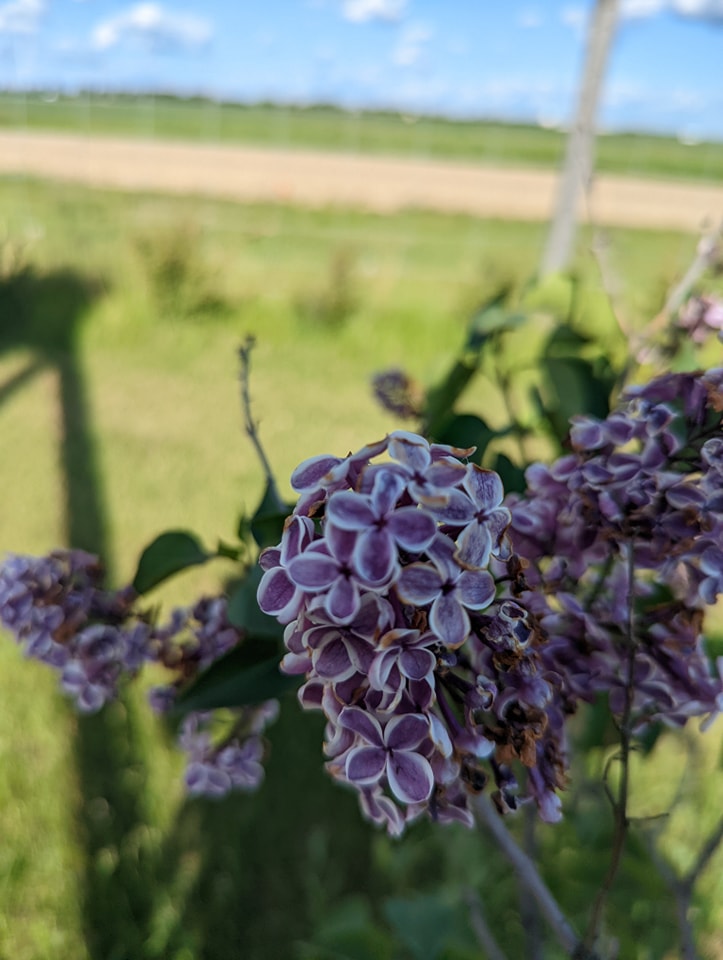Spring is in the air, and with it comes the sweet aroma of lilacs. These beautiful shrubs are known for their fragrant flowers that bloom in shades of pink, purple, and white. Not only do they add a touch of color and beauty to your garden, but they are also low maintenance and easy to grow, even in colder northern climates such as zone 3.
When planting lilacs in a northern climate, it's important to choose a location that has well-drained soil and full sun. Lilacs prefer cooler weather, so it's best to plant them in the fall or spring to ensure they have enough time to establish their roots before the heat of summer arrives. Keep in mind that in zone 3, the blooming period of Lilacs is usually in spring and it will take a couple of years for the plant to bloom.
It's also important to choose a variety that is hardy to your specific zone. Some popular varieties that are known to do well in zone 3 include the Common Lilac (Syringa vulgaris) and the Villosa Lilac (Syringa villosa). These varieties are known for their hardiness and ability to tolerate colder temperatures.
Once established, lilacs require very little maintenance, just some occasional pruning to shape the bush. Be sure to mulch around the base of the shrub to help retain moisture and insulate the roots during the winter.
If you're looking to add some color and fragrance to your northern garden, consider adding a lilac bush. They're a versatile and lovely choice for any gardener, even in colder climates.
It's good to note that in addition to the above, it's important to choose a spot that is protected from harsh winds, and also to provide a good layer of mulch for insulation, especially during the first winter after planting. Also, it's not recommended to fertilize a lilac bush during the first year, since this may damage the plant, and wait until the second year to fertilize.
